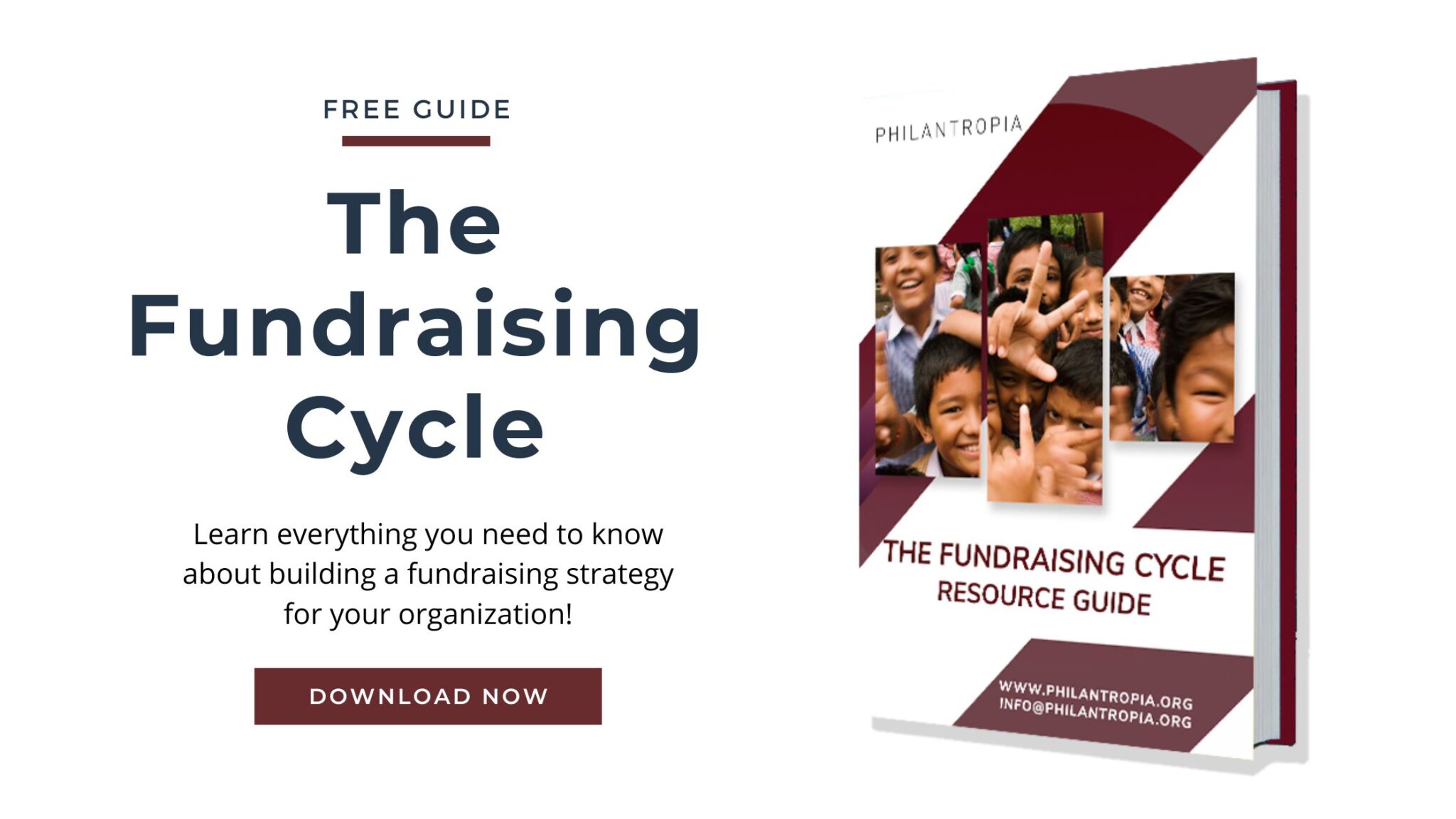We have already told you again and again, that proofreading should be an essential step of your proposal writing process. It is very important that the proposal you submit has as few mistakes as possible and is easy on the eye – you might have only one chance to make a lasting impression on your donor. But what should a proofreader actually look out for? Here are a couple of tips for your next proposal.
What to look out for in proofreading – typos, grammar, and clarity
The most obvious thing, of course, to look out for when proofreading a proposal are typos. That is probably the first thing you think of when someone asks you to proofread something for them. It is always incredible how many typos still slip through and how difficult it is to find them in your own documents. Sometimes it seems as if we are blind to our own mistakes. Having someone proofread your text for typos and glaring errors is very important, especially if the language you have written in is not your native language.
The same goes for grammar and clarity. Sometimes we don’t see problems anymore if we have written the text and then read it over and over again. Things that seem as common knowledge to us might not be known to others and make the proposal difficult to understand. If possible, it is always good to have someone proofread it that does not know the project at all – if they understand what we want to say, we did a good job.
Check the numbers – Proofread the budget
I cannot tell you how many times I have seen budgets with mistakes in proposals. People enter the formulas in Excel and then think the program does all the work, but one little mistake in a formula messes up everything. The budget is one of your most important and valuable tools to explain your project, so make sure there are no mistakes and unclarities in it. Make sure all numbers make sense and add up and add explanations if necessary.
The guidelines – adherence to what the donor wants to see
Especially when you use a boilerplate or older proposal as a base to develop your proposal from, it is very important to check if you changed all the important parts to the current needed format. Does your proposal follow the format that your donor requires? Did you change all dates and names? Does it include all sections that are needed? A good proofreader also checks these areas and makes sure your proposal is a perfect fit for your donor.
Formatting – make it look good
Formatting sounds very simple but this is where many proposals fall short. And odd formatting can be the deciding factor about the success or failure of your proposal. Changing fonts, sizes, and width of columns can make it much harder for a reader to read through your proposal. At the same time, those things are difficult to see when you have been working on a document for weeks. The proofreader should point out formatting issues as well and help you make your document look homogenous.
As you see, proofreading is not a task that can be taken lightly and done quickly. Make sure to chose your proofreaders wisely and give them enough time to go through your document thoroughly. Only then will they have the chance to help you make the best of your proposal.




